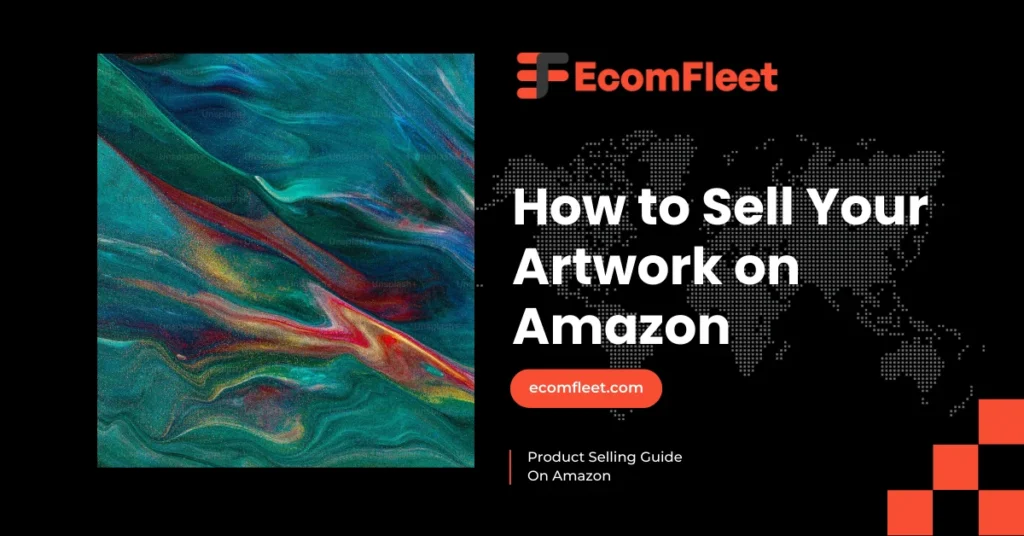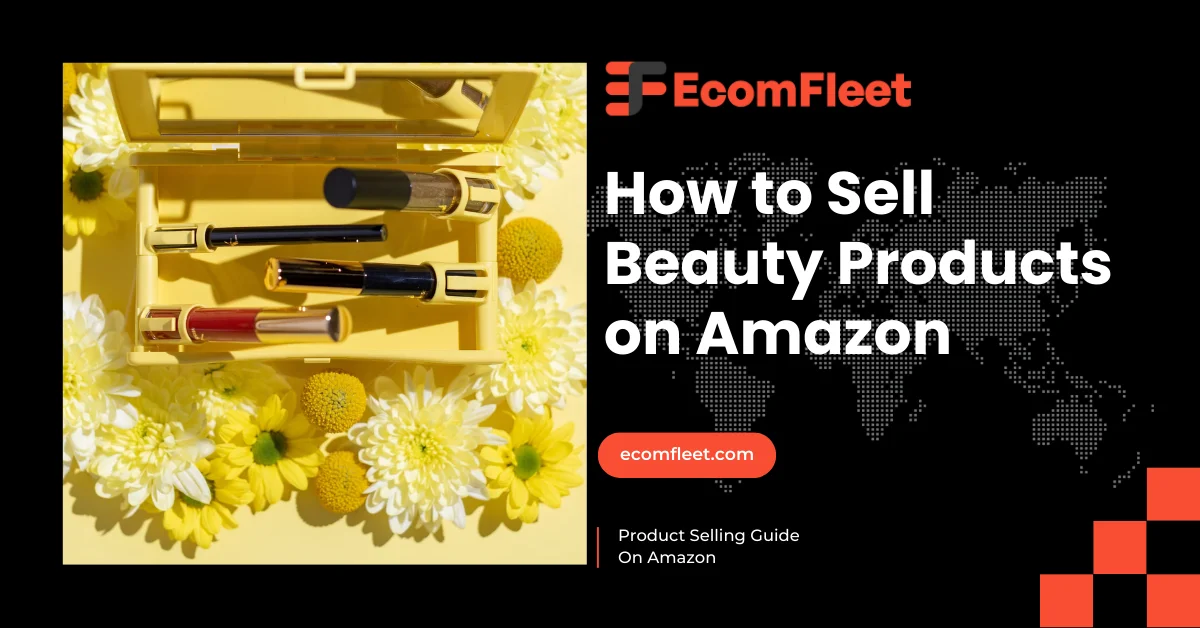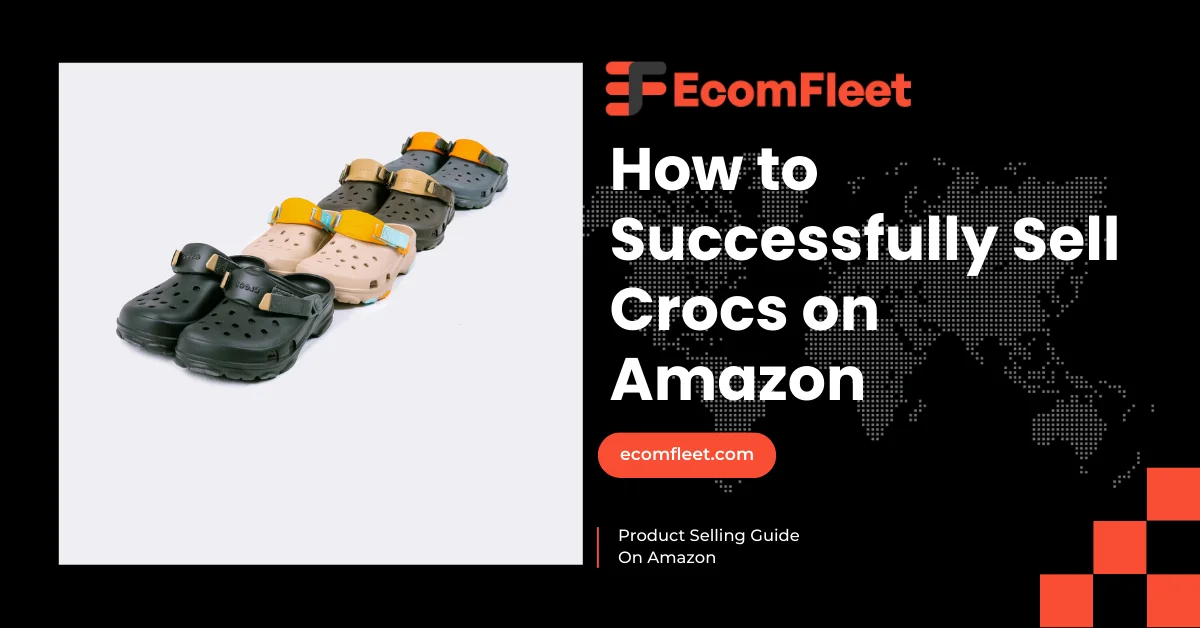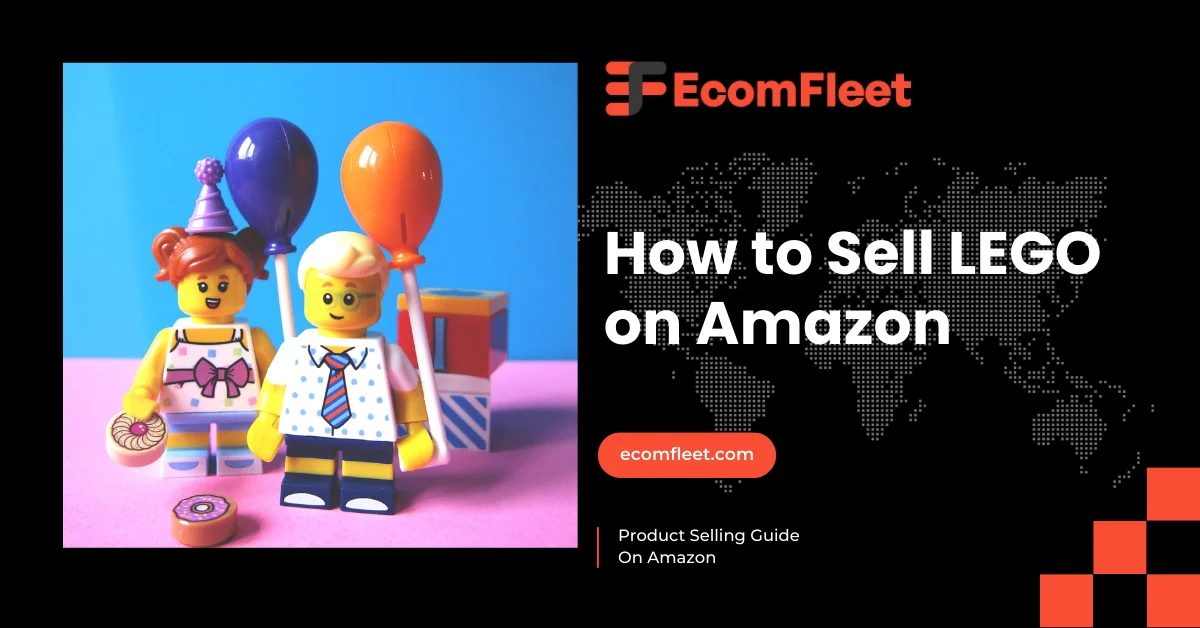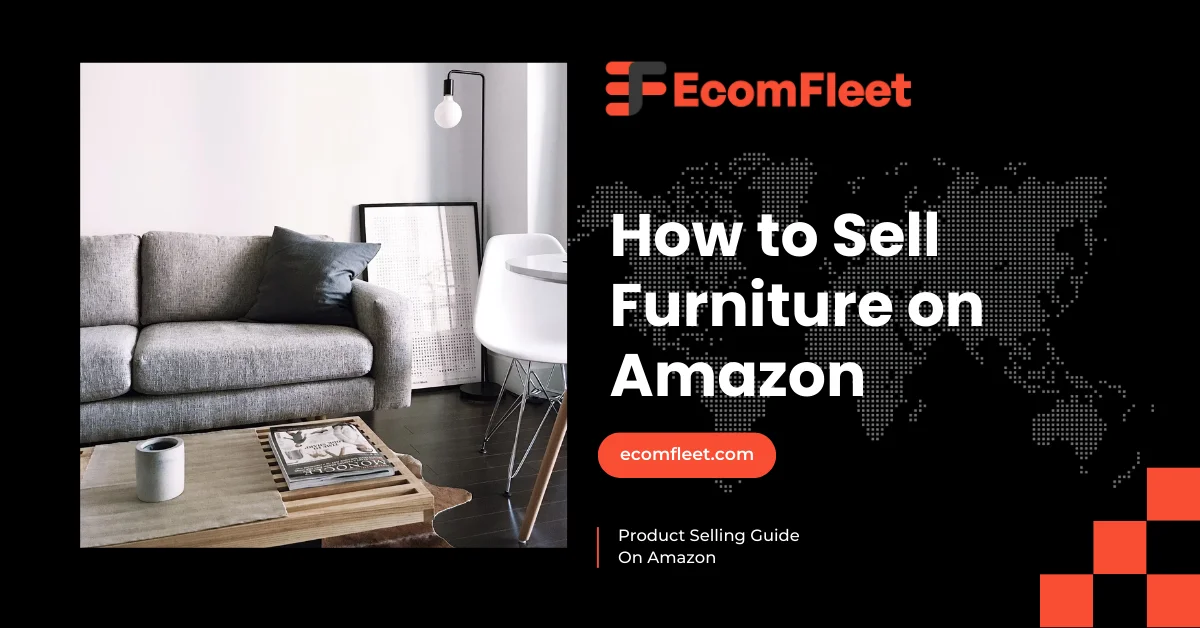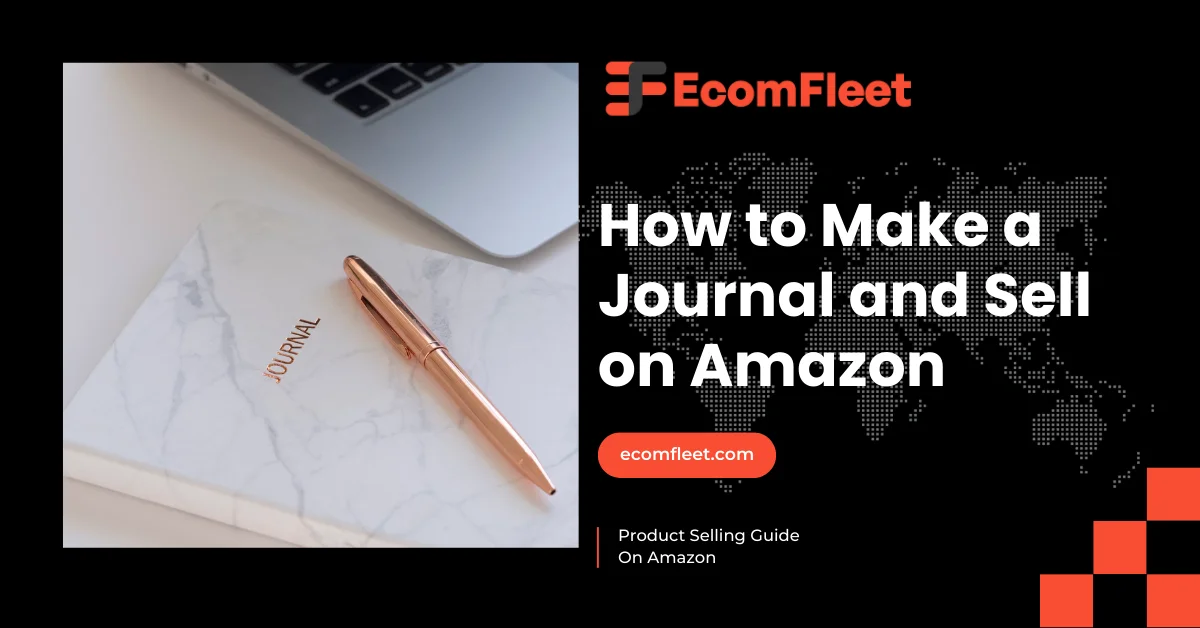The Potential Of selling Artwork on Amazon in 2024
Selling artwork on Amazon offers significant potential, especially in the United States, where the online art market is growing. The U.S. has a large population of art collectors, enthusiasts, and casual buyers who increasingly prefer purchasing online. The global online art market is expected to reach over $12 billion by, with the U.S. being one of the largest contributors to this growth. More people are turning to e-commerce for art purchases due to convenience and access to a wide range of artists.
Amazon is the world’s largest e-commerce platform, which allows artists to reach millions of customers globally, making it an attractive option for those looking to sell their artwork. With its established infrastructure, including the Fulfillment by Amazon (FBA) service, artists can efficiently manage logistics, shipping, and customer service. Amazon Handmade and other categories cater to creative professionals, offering sellers a competitive edge in a growing market.
By listing artwork on Amazon, artists can leverage its massive audience, marketing tools like Amazon PPC, and customer trust. Data from Amazon Seller Central indicates that sellers using Amazon’s tools and services can see significant growth in sales.
Categories of Artwork you can Sell on Amazon
Here are some categories of artwork that you can sell on Amazon
Paintings
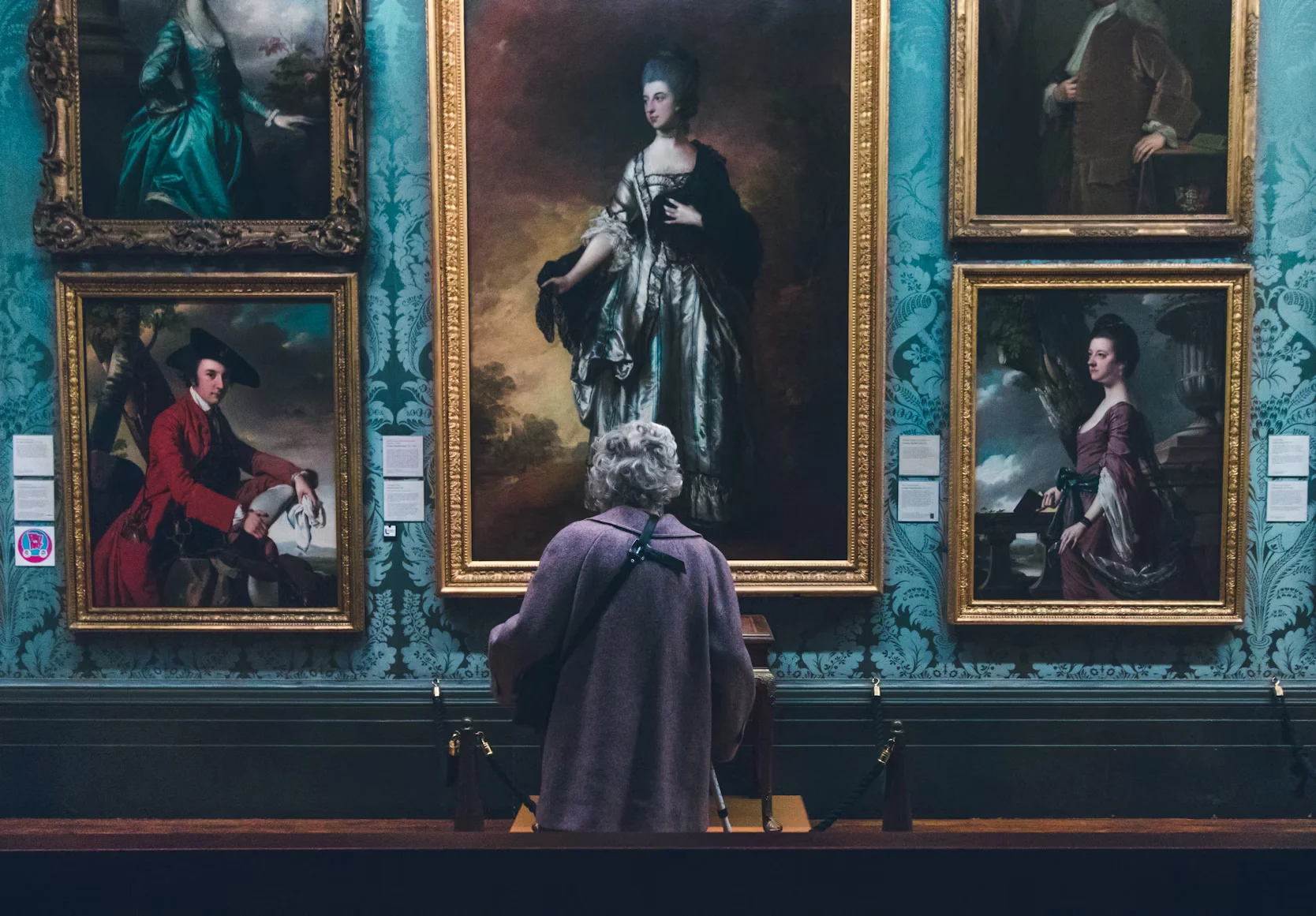
Paintings are one of the most popular forms of artwork sold online. These can range from oil, acrylic, watercolor, and more. Many buyers look for unique or custom pieces that fit their home or office spaces. Paintings usually have higher price points depending on the artist’s reputation and the size of the piece.
Cost: $100 – $1,000
Profit: 30% – 60%
Example: Original abstract acrylic painting priced at $500.
Prints

Prints are reproductions of original artworks, allowing artists to sell multiple copies at a lower price. They are a great option for buyers who want to own art at an affordable price. High-quality prints can still retain an artistic touch, making them appealing to budget-conscious consumers.
Cost: $10 – $50
Profit: 20% – 40%
Example: Limited editions print of a landscape artwork for $30.
Photography

Photographic artwork appeals to a wide audience, ranging from landscape and nature to architectural and portrait photography. Many photographers sell digital downloads or framed prints of their work, making it accessible for buyers worldwide.
Cost: $50 – $200
Profit: 25% – 50%
Example: Black-and-white cityscape photography print for $80.
Sculptures

Sculptures require more craftsmanship and time, making them valuable for collectors or home decorators. These can range from small, decorative pieces to large, statement sculptures made from various materials like wood, metal, or clay.
Cost: $200 – $2,000
Profit: 35% – 70%
Example: Bronze modern art sculpture priced at $1,200.
Digital Art

Digital art is growing in popularity, as artists can sell unlimited copies of their work. This includes illustrations, graphic designs, and even NFT artwork. Buyers often purchase digital art for personal projects, social media, or as part of a collection.
Cost: $10 – $100
Profit: 50% – 80%
Example: Digital download of a fantasy illustration for $20.
Sourcing or Create Artwork for Your Amazon Store
When selling artwork on Amazon, you can either create your own original pieces or source them from other artists or suppliers. Creating your artwork provides a unique touch and allows you to control the quality and style of your store. It also enables you to build a personal brand, which can attract loyal customers. If you’re an artist, focus on what resonates with your audience, whether it’s paintings, digital art, or sculptures. You can also experiment with different mediums to cater to diverse tastes.
For those who aren’t artists, sourcing artwork from independent creators or wholesalers is another option. Many artists look for platforms to sell their work, and you can act as a bridge by selling their art on Amazon. Consider working with local artists or sourcing from online marketplaces that specialize in wholesale art. It’s important to ensure that the artwork you source is high quality and aligns with your store’s vision.
Whichever route you choose, make sure to consider factors like pricing, shipping logistics, and customer preferences. Original pieces might have higher costs but can generate more profit, while sourced artwork may require lower upfront investment but could result in lower profit margins.
By focusing on sourcing or creating high-quality and appealing artwork, you can build a successful Amazon store that caters to a growing online market for art.
Understanding Amazon’s Artwork Selling Policies
Selling artwork on Amazon comes with specific policies to ensure quality and compliance with the platform’s rules. which means that you need to adhere to their rules regarding intellectual property, authenticity, and the types of artworks that can be sold. Sellers must ensure that the art is not infringing on any copyrights, trademarks, or other legal rights. Authenticity is key, as counterfeit or misleading listings can lead to account suspension.
Artwork must also comply with Amazon’s listing requirements, including proper categorization, detailed product descriptions, and high-quality images. For example, each artwork listing must also specify the materials used, dimensions, and any other relevant information to help customers make informed purchasing decisions. Sellers should ensure that they own the rights to sell the artwork or have permission from the copyright holder. This includes ensuring that prints or reproductions do not infringe on any copyrights.
Sellers are encouraged to familiarize themselves with Amazon’s Seller Central, which provides guidelines and tools for selling in categories like “Home & Kitchen” and “Handmade.
Creating an Amazon Seller Account for Artwork

Choose Your Selling Plan
Amazon offers two types of selling plans:
- Individual Plan: Charges $0.99 per sale, suitable for casual sellers.
- Professional Plan: Costs $39.99 per month, ideal for those planning to sell more than 40 items monthly. This plan offers additional features like bulk listing and advertising tools.
Sign Up
- Visit Amazon Seller Central and click on “Register Now.”
- Enter your email address and create a password.
- Follow the prompts to start the registration process.
Provide Required Information
Prepare to enter key details, including:
- Business Name and Address: Use your legal business name.
- Bank Account Information: For receiving payments.
- Tax Identification Number: Your Social Security Number (SSN) or Employer Identification Number (EIN).
Setting Up Fulfillment by Amazon (FBA) for Artwork

Setting up Fulfillment by Amazon (FBA) for your artwork can streamline the selling process and improve customer satisfaction. Here’s how to get started:
Sign Up for FBA
To use FBA, log in to your Amazon Seller Central account and navigate to the “Fulfillment by Amazon” section. Click on “Get Started” to enroll in the program.
Prepare Your Artwork
Before sending your artwork to Amazon, ensure that each piece is well-packaged to avoid damage during shipping and storage. Use protective materials, such as bubble wrap or cardboard, to secure the artwork. Make sure your products meet Amazon’s packaging requirements.
Create FBA Listings
After preparing your artwork, create FBA listings in your Seller Central account. Specify that you want Amazon to fulfill these orders. You’ll need to provide information about each artwork piece, including its dimensions and weight.
Ship Your Artwork to Amazon
Once your listings are set, you’ll receive shipping labels from Amazon. Use these labels to send your artwork to the designated Amazon fulfillment center. Ensure your package is secure and trackable.
Monitor Your Sales and Inventory
After your artwork is in Amazon’s warehouse, monitor your sales and inventory levels through your Seller Central account. Amazon handles the storage, packing, and shipping of your artwork, allowing you to focus on creating more pieces.
Do Amazon Marketing or Hire an Amazon Consultant

Effective marketing on Amazon can significantly enhance your sales, and there are two primary routes to consider: managing it yourself or hiring an Amazon consultant. If you choose to go solo, you should focus on Amazon Storefront Design to create a visually appealing page that showcases your artwork effectively. Additionally, utilizing Amazon PPC (Pay-Per-Click) advertising can help drive traffic to your listings, increasing visibility and sales potential.
However, if you’re new to the platform or lack time, hiring an Amazon consultant can be a smart investment. Consultants have the expertise to optimize your listings, manage PPC campaigns, and strategize your marketing efforts. They can also analyze your performance metrics to ensure you’re on the right track.
Hire Ecomfleet to Skyrocket your Amazon sales
If you are unsure where to start or need expert help, consider reaching out to Ecomfleet. Our experienced consultants can help your coffee brand thrive in a competitive market. Let us handle the details so you can enjoy the rewards of your hard work.
Tracking Sales and Analyzing Performance
Monitoring your sales and analyzing performance is crucial for success when selling artwork on Amazon. Using Amazon Seller Central, you can access a range of tools to track your sales data. This includes information on how many pieces of artwork you’ve sold, revenue generated, and customer feedback. Regularly reviewing these metrics allows you to identify trends and areas for improvement, helping you to adjust your marketing strategies effectively.
One important metric to consider is the Conversion Rate, which indicates the percentage of visitors to your listing who make a purchase. A low conversion rate may suggest that your artwork’s presentation or pricing needs adjustment. Additionally, Customer Reviews can provide insights into how your artwork is received, highlighting strengths and areas needing improvement.
Tools like Amazon Analytics and third-party software can further assist in gaining deeper insights into customer behavior. By analyzing this data, you can refine your product offerings, optimize your listings, and ultimately increase your sales.
Managing Customer Reviews and Feedback
Managing customer reviews and feedback is essential for success on Amazon. Positive reviews can enhance your artwork’s visibility and credibility, while negative feedback can harm your sales. Here are some strategies to effectively handle reviews:
- Encourage Feedback: Prompt customers to leave reviews after their purchase. You can send follow-up emails thanking them for their purchase and kindly asking for a review. This can significantly increase the number of reviews you receive.
- Respond to Reviews: Engage with customers by responding to their reviews, whether they are positive or negative. Thank customers for positive feedback and address any concerns raised in negative reviews. This shows potential buyers that you care about your customers and are committed to improving your service.
- Analyze Feedback: Regularly review the feedback you receive to identify trends. If multiple customers mention a similar issue, consider making adjustments to your artwork or your selling practices.
- Maintain Quality: Consistently ensure that your artwork meets quality expectations. High-quality products are more likely to receive favorable reviews, enhancing your reputation.
By effectively managing reviews and feedback, you can build a loyal customer base and improve your sales performance.
Using Social Media to Build Awareness for Your Artwork
Social media is a powerful tool for artists looking to promote their work and connect with potential buyers. Here’s how you can effectively use social media to build awareness for your artwork:
- Choose the Right Platforms: Focus on platforms like Instagram, Pinterest, and Facebook, which are visual-centric and allow you to showcase your artwork. Each platform has a unique audience, so select the ones that best align with your target market.
- Create Engaging Content: Share high-quality images of your artwork, behind-the-scenes videos, and stories about your creative process. Engaging content helps to attract followers and keeps them interested in your work. You can also use short videos or time-lapses to demonstrate your techniques, which can captivate viewers.
- Utilize Hashtags: Use relevant hashtags to reach a wider audience. Research popular art-related hashtags and include them in your posts to increase visibility. This practice can help your artwork appear in searches related to your style or medium.
- Interact with Your Audience: Engage with your followers by responding to comments and messages. This interaction helps to build a community around your art. You can also collaborate with other artists or influencers to expand your reach.
- Promote Special Offers: Use your social media channels to announce promotions, new pieces, or upcoming events. This strategy creates excitement and encourages your audience to share your posts, further increasing your visibility.
Some top Artwork sellers on Amazon
Thomas Kinkade Studios
Thomas Kinkade is known as the “Painter of Light,” famous for his idyllic landscapes and charming depictions of homes and gardens. His art evokes a sense of nostalgia and warmth, making it a favorite among collectors who appreciate romantic, tranquil settings.
- Price: $200
Vincent Van Gogh Reproductions
Vincent Van Gogh’s artwork, characterized by bold colors and emotional depth, remains timeless. His pieces, such as “Starry Night” and “Sunflowers,” are available in high-quality reproductions that capture the essence of his unique style, appealing to both art lovers and those seeking vibrant home decor.
- Price: $150
Maggie O’Neill Art
Maggie O’Neill specializes in contemporary artwork that blends traditional techniques with modern aesthetics. Her pieces often feature bold colors and abstract forms, making them perfect for those who want to add a fresh, artistic touch to their space.
- Price: $100
ArtByRita
ArtByRita offers a variety of unique, hand-painted artwork that often features themes of nature and spirituality. Each piece is crafted with care, making them perfect for collectors looking for original works that resonate on a personal level.
- Price: $250
Cynthia Decker Art
Cynthia Decker is known for her whimsical and imaginative illustrations. Her art often includes elements of fantasy and nature, appealing to both children and adults who appreciate creativity and storytelling in visual form.
- Price: $125
Conclusion
Selling artwork on Amazon presents a valuable opportunity for artists and creators looking to reach a larger audience. With the right strategies for sourcing, marketing, and managing customer feedback, artists can thrive in the e-commerce landscape. By leveraging Amazon’s platforms, understanding market demands, and connecting with potential buyers through effective promotional tactics, artists can successfully monetize their creations.
Frequently Asked Questions:
- What types of artwork can I sell on Amazon?
You can sell a variety of artwork on Amazon, including paintings, prints, photographs, and sculptures. Each type has its own market and audience, making it important to choose a niche that resonates with potential buyers.
- Do I need to register as a professional seller to sell artwork on Amazon?
Yes, it is recommended to register as a professional seller if you plan to sell artwork regularly. This gives you access to advanced selling tools and eliminates individual selling fees on each item sold.
- How can I promote my artwork effectively on Amazon?
You can promote your artwork by optimizing your listings with relevant keywords, using high-quality images, and leveraging Amazon Advertising for increased visibility. Social media marketing can also drive traffic to your Amazon store.
- What are the fees associated with selling artwork on Amazon?
Fees vary depending on your seller plan and the category of the artwork. Generally, professional sellers pay a monthly subscription fee plus referral fees on each sale, which typically range from 6% to 45%, depending on the product category.

